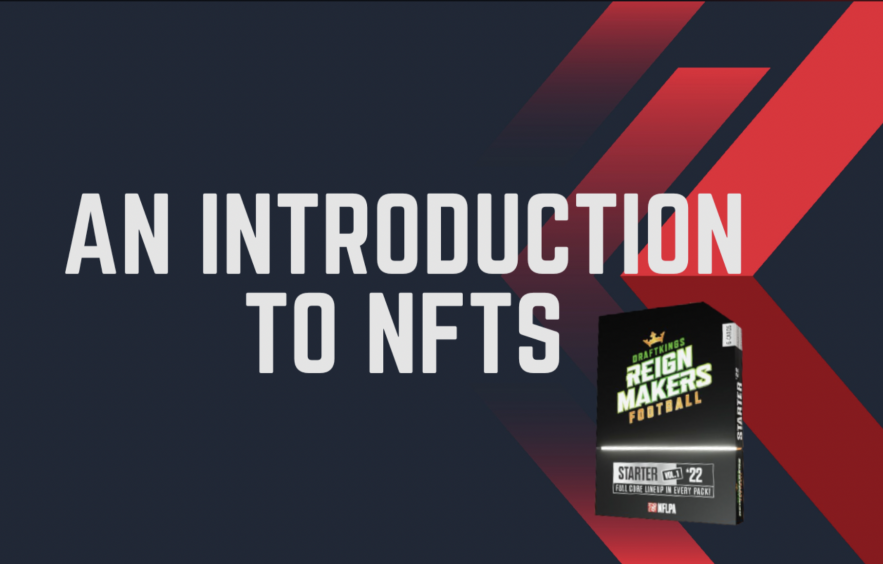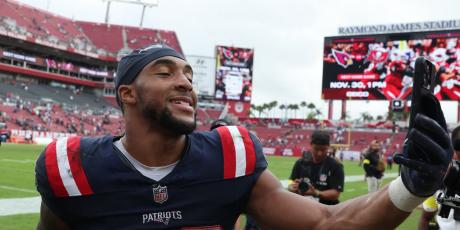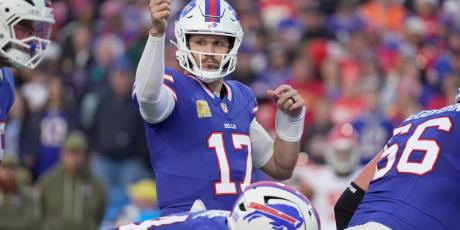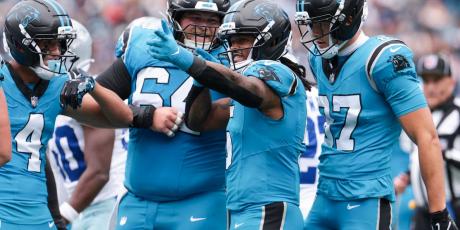An Introduction to NFTs

I can't claim to be among the earliest supporters of Non-Fungible tokens, or NFTs. Reading the word fungible still makes me chuckle. The first time someone tried to explain NFTs to me, my reaction involved twitching and sporadic, "BUT...NO" exclamations. It wasn't until my friend specifically used the phrase "digital collectibles" that the light bulb slowly began to come on. "THAT," I thought, "is something I can understand." I collected Garbage Pail Kids in grade school, longing for an Atom Bomb card I would never see. GPK card collecting turned into comic collecting as a pre-teen, when I hunted down each issue of the 5-part 1982 Wolverine Limited Series comics. The whole Pokemon craze missed me because I was in college when it became huge, but now its popularity is surging again and I'm experiencing it through my Pokemon-obsessed 6-year-old. If NFTs were a new form of collecting, that was something I was familiar with.
What is an NFT?
Before focusing on what an NFT actually is, it's important to first understand the blockchain technology that NFTs are built on. A blockchain in essence is just a database, sometimes referred to as a ledger, that each computer on a connected network shares. It's the same technology that forms the backbone of cryptocurrency, explained most simply as a computerized third party that can both verify a given item on the blockchain is authentic, and keep a detailed log of any transactions involving that item. What makes blockchain technology different from a typical database is that it is extremely resistant to any one party changing its contents. Its programming collects information and stores it in sections that have a finite amount of storage (or "blocks"), and when one block fills, the next portion of information begins to be stored on the next block that is connected (or "chained") to the previous one.
This way, blockchains create a history for data that can be verified and traced back to every connected previous block of data. There are a number of ways this kind of data history can be useful, from banking to supply chain tracking to inventory management. For NFTs, it's the transparent data history and secure verification that are most relevant. Any NFT is a digital asset that was created on a blockchain network, be it digital art, a video clip of an athlete's performance, or a digital trading card. NFT is an acronym for "Non-Fungible Token". The "Non-Fungible" portion of that term means that it's unique, and isn't interchangeable with another similar item. The "Token" portion of the term means that it exists as code within a blockchain network. Anyone with a computer can look at the blockchain history of a specific NFT and verify its authenticity and see any transactions it's been involved in.
Why NFT's?
I was thrown at first by the idea of a collectible that wasn't actually a physical item. I didn't think I'd be able to move past that until I began to understand what blockchain technology was, how it gave identifiable markers to NFTs, and how that affected the potential for any given NFT to have scarcity. That part was key to piquing my interest. A big part of the enjoyment that comes from owning collectible items is the hunt for the rarest and most valuable items in a given collection. That rarity is either controlled by the collection's creators - releasing only a small number of a unique item in a collection - or by mistakes in production, which make an item even rarer.
Are NFT's REALLY Unique?
A common reaction from people first learning about NFTs is, "Well, couldn't I just take a screenshot of that NFT art piece, or a video clip, and then I have it?", an argument quickly countered with, "Couldn't you just make a photocopy of that Hank Aaron baseball card, and then you'd have it?". There's a fairly direct comparison that can be drawn between physical collectibles and NFT collectibles. Both have their rarity controlled by the company creating them, both can be verified by serial numbers or identifying features assigned to them, both have value that's entirely based on how desirable a unique card is on the collector's market and how many collectors are out there that are interested in a collection. Though physical cards can be counterfeited well enough to fool a buyer, authentication experts can nearly always detect a fake. NFTs can't effectively be counterfeited, because the NFT and its history can't be separated from the blockchain it was created on, and that history is fixed and encrypted. Well, I suppose if a large group of people had a large group of quantum computers that currently exist only in theory, it might be possible. We're not there yet and there's work being done to protect blockchain technology from just such a scenario.
Because you're reading this on a website devoted to fantasy sports and sports betting, you can probably guess where I ended up focusing my NFT-related interest. When Dapper Labs announced they'd partnered with the NBA to create player moments as NFTs in July of 2019 to create NBA TopShot, I believed it was a big step toward opening up a digital landscape for all sports-themed collectibles. Their next step was creating utility for these NFTs that went beyond their value to collectors, rewarding TopShot owners with access to packs that offered more opportunities to aquire more moments, and more desirable and rare moments. In December of 2021, the NFL joined the NBA in partnership with Dapper Labs to create NFL All Day, and NFL All Day took the ball and ran with it, working with another company Own the Moment to create a fantasy football contest that players could enter using their NFL All Day moments. More recently in July of 2022, DraftKings announced ReignMakers, an NFT football collection created in partnership with the NFLPA, bringing NFT-based fantasy gaming into the Daily Fantasy arena, offering over 100 ReignMakers DFS football contests every week.

















